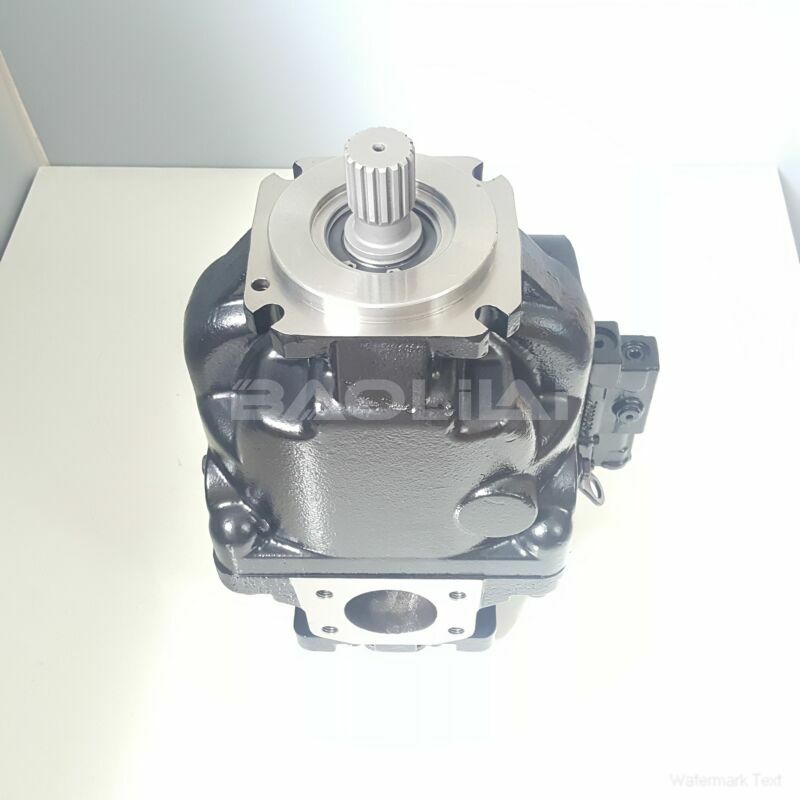ERR100BBS3120NNN3S2NLA1NAAANNNNNN hydraulic oil pump
ERR100BBS3120NNN3S2NLA1NAAANNNNNN hydraulic oil pump

- Product Details
- Applicable Scene
Regular Maintenance and Inspection: Schedule routine maintenance to inspect and replace worn-out components, such as seals, O-rings, and filters. Ensuring that the hydraulic fluid is clean and at the appropriate viscosity will help maintain stable pressure levels.
ER-R-100B-BS-31-20-NN-N-3-S2NL-A1N-AAA-NNN-NNN
ERR100BBS3120NNN3S2NLA1NAAANNNNNN
Use of Pressure Stabilizers: Incorporating pressure stabilizing devices, such as accumulators or pressure relief valves, can help absorb pressure fluctuations by storing excess fluid and releasing it when needed.

7000106
System Design Improvements: Evaluate the layout of the hydraulic system for potential improvements. Using larger diameter hoses, minimizing bends, and reducing the number of fittings can help decrease flow restrictions.
Proper Sizing of Components: Ensure that pumps, valves, and other critical components are properly sized for the application. Oversized or undersized components can lead to inefficiencies and pressure variations.
Implementing Soft Start Techniques: Using soft starters or variable frequency drives can help gradually ramp up pump speed, reducing the impact of sudden load changes and minimizing pressure spikes.
Monitoring and Control Systems: Invest in advanced monitoring systems that can provide real-time data on pressure levels and system performance. Implementing a closed-loop control system can allow for immediate adjustments to maintain a consistent pressure.
Training and Operational Guidelines: Educate operators on the importance of maintaining stable pressure in hydraulic systems. Providing guidelines on load management and emergency procedures can help reduce the risk of pressure fluctuations during critical operations.
Conclusion
Hydraulic pump pressure fluctuations can present significant challenges in critical applications, leading to reduced efficiency and increased operational risks. By understanding the root causes and implementing effective mitigation strategies, operators and engineers can enhance the reliability of hydraulic systems. Regular maintenance, thoughtful design changes, and proactive monitoring are key to preventing pressure instability and ensuring smooth operation in demanding environments.





